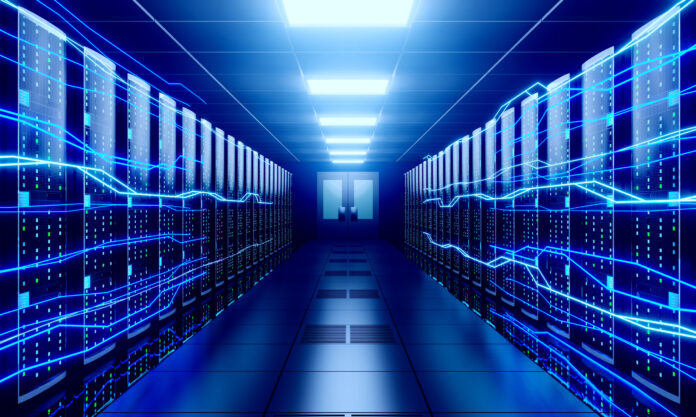The rise of artificial intelligence (AI) has driven an unprecedented demand for high-performance computing infrastructure, leading to a surge in the construction of AI-focused datacenters. However, scaling these datacenters efficiently comes with significant challenges. While various factors contribute to these bottlenecks, one particular issue arises as the main challenge: power. Here are the top five AI datacenter build bottlenecks, with a particular emphasis on power-related challenges.
1 | Power availability – the fundamental constraint
Power availability is the primary bottleneck for AI datacenters. Unlike traditional data centers, which primarily handle storage and standard compute workloads, AI workloads require massive computational power, especially for training large language models and deep learning algorithms. This leads to a huge demand for energy, often exceeding what existing grids can supply.
Many regions lack the electrical infrastructure to support hyperscale AI datacenters, forcing operators to seek locations with sufficient grid capacity. Even in power-rich areas, acquiring the necessary power purchase agreements (PPAs) and utility commitments can delay projects for years. Without a stable and scalable power supply, AI datacenters cannot operate at their full potential.
2 | Power density and cooling challenges
AI servers consume far more power per rack than conventional cloud servers. Traditional datacenters operate at power densities of 5-10 kW per rack, whereas AI workloads demand densities exceeding 30 kW per rack, sometimes reaching 100 kW per rack. This extreme power draw creates significant cooling challenges.
Liquid cooling solutions, such as direct-to-chip cooling and immersion cooling, have become essential to manage thermal loads effectively. However, transitioning from legacy air-cooled systems to advanced liquid-cooled infrastructure requires capital investment, operational expertise, and facility redesigns.
3 | Grid interconnection and energy distribution
Even if power is available, connecting AI datacenters to the grid is another major challenge. Many electrical grids are not designed to accommodate rapid spikes in demand, and utilities require extensive infrastructure upgrades, such as new substations, transformers and transmission lines, to meet AI datacenter needs.
Delays in grid interconnection can render planned AI datacenter projects nonviable or force operators to seek alternative solutions, such as deploying on-site power generation through microgrids, solar farms and battery storage systems.
4 | Renewable energy constraints
As AI datacenter operators face growing corporate and regulatory pressure to reduce carbon emissions, securing clean energy sources becomes a critical challenge. Many AI companies, including Google, Microsoft, and Amazon, have committed to using 100% renewable energy to power their datacenters, but renewable energy availability is limited and intermittent.
Solar and wind energy generation depend on geographic factors and weather conditions, making them less reliable for continuous AI workloads. While battery storage and hydrogen fuel cells offer potential solutions, they remain costly and underdeveloped at scale. The reliance on renewable energy further complicates AI datacenter expansion, requiring long-term investments and partnerships with energy providers.
5 | Supply chain and hardware power efficiency
The AI boom has led to a big surge in the demand for high-performance GPUs, AI accelerators and power-efficient chips. However, the companies providing these chips require advanced power distribution and management systems to optimize performance while minimizing energy waste.
The global semiconductor supply chain is strained, causing delays in procuring AI chips and power-efficient hardware. Additionally, power delivery components—such as high-efficiency power supplies, circuit breakers and transformers—are often in short supply, leading to construction bottlenecks.
Conclusion
There is no doubt that AI datacenters are at the core of the next computing revolution, but their expansion is fundamentally constrained by power availability, distribution and efficiency. Addressing these power-related challenges requires a multi-faceted approach, including expanding grid capacity and interconnection infrastructure, investing in high-density liquid cooling systems, securing long-term renewable energy sources and developing energy storage solutions for uninterrupted operation
As AI adoption accelerates, solving these power-related bottlenecks will be critical to sustaining growth and ensuring the viability of future AI datacenters.

